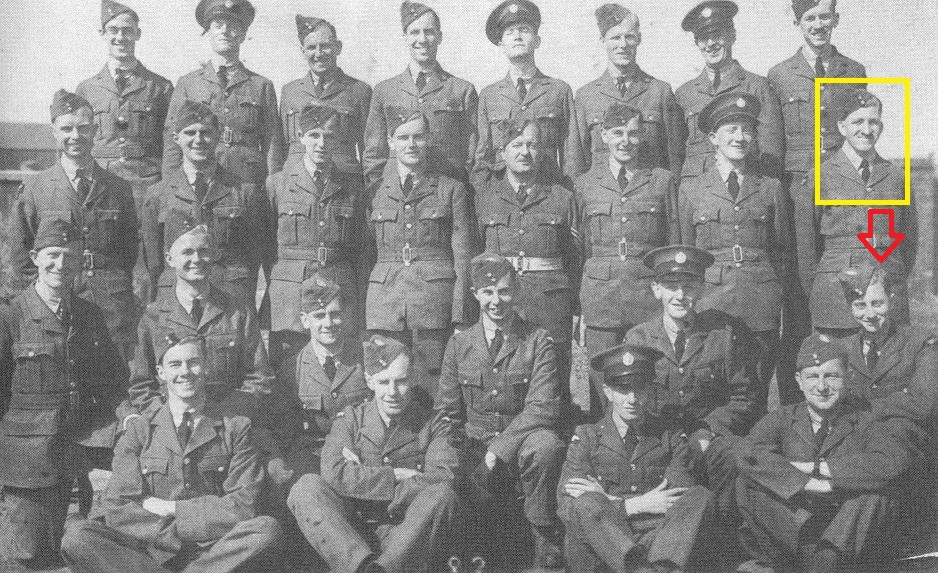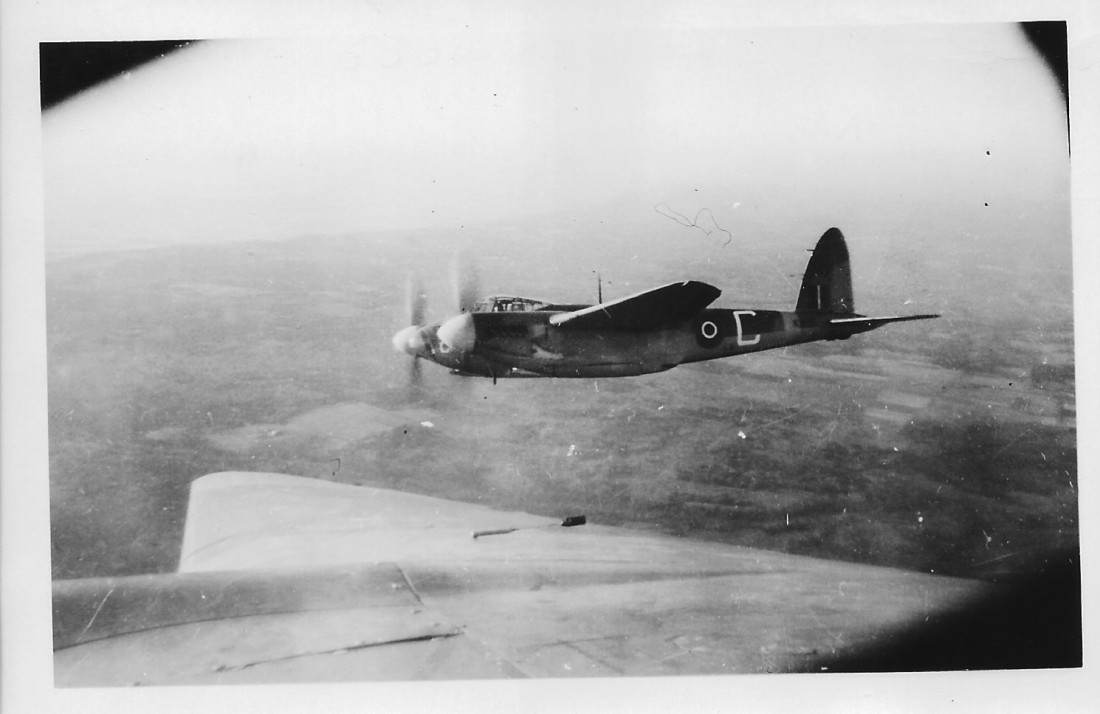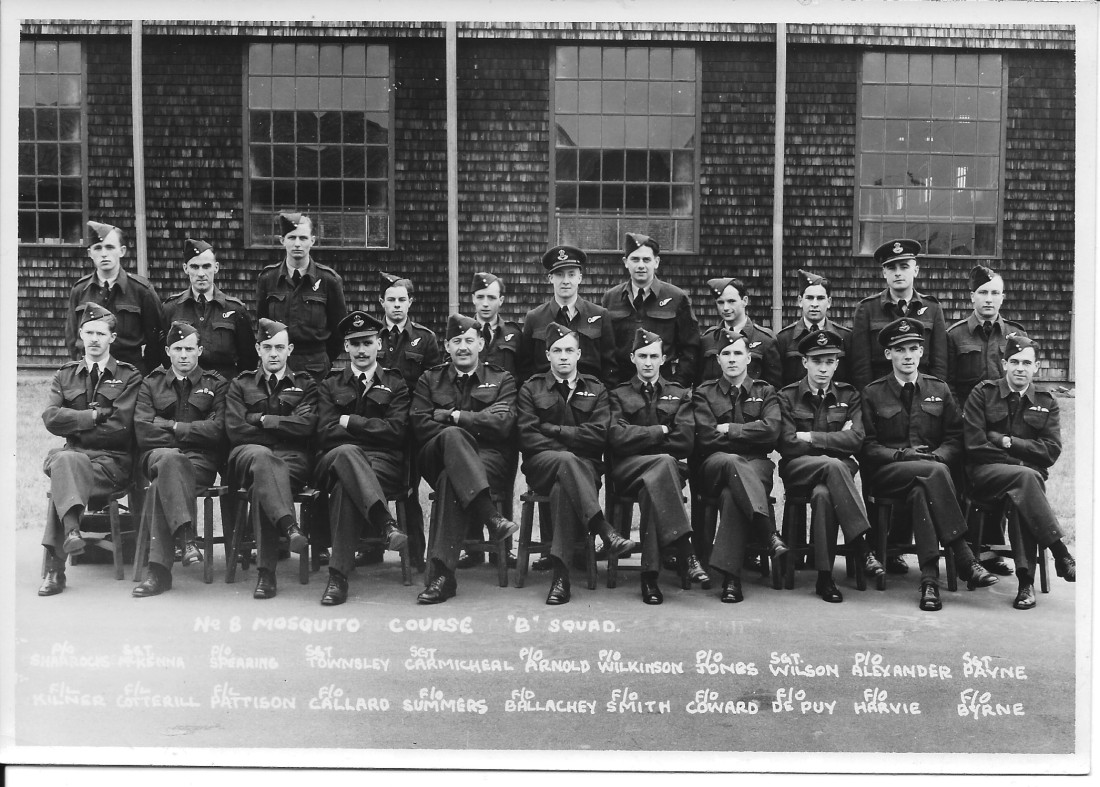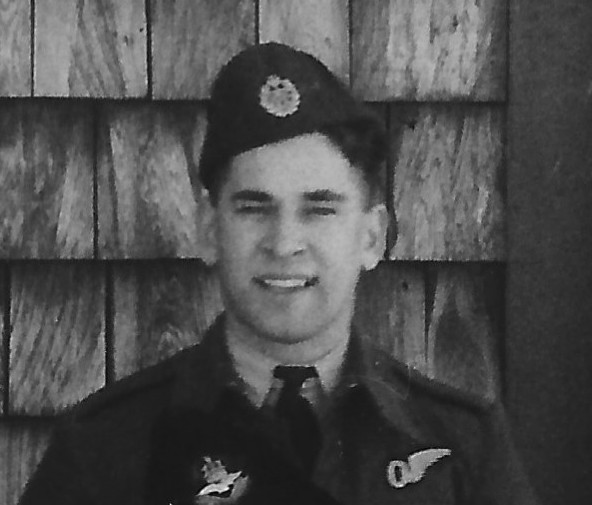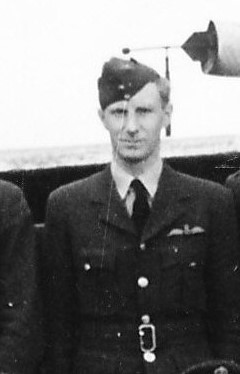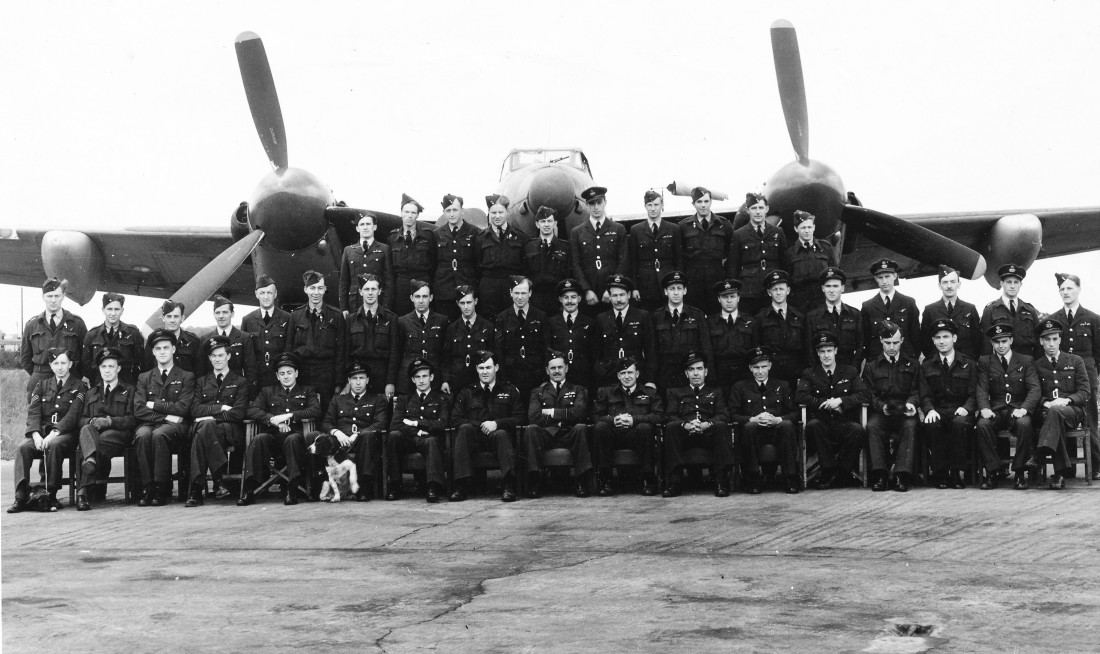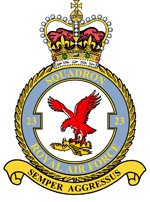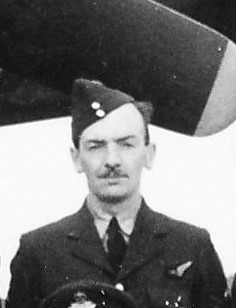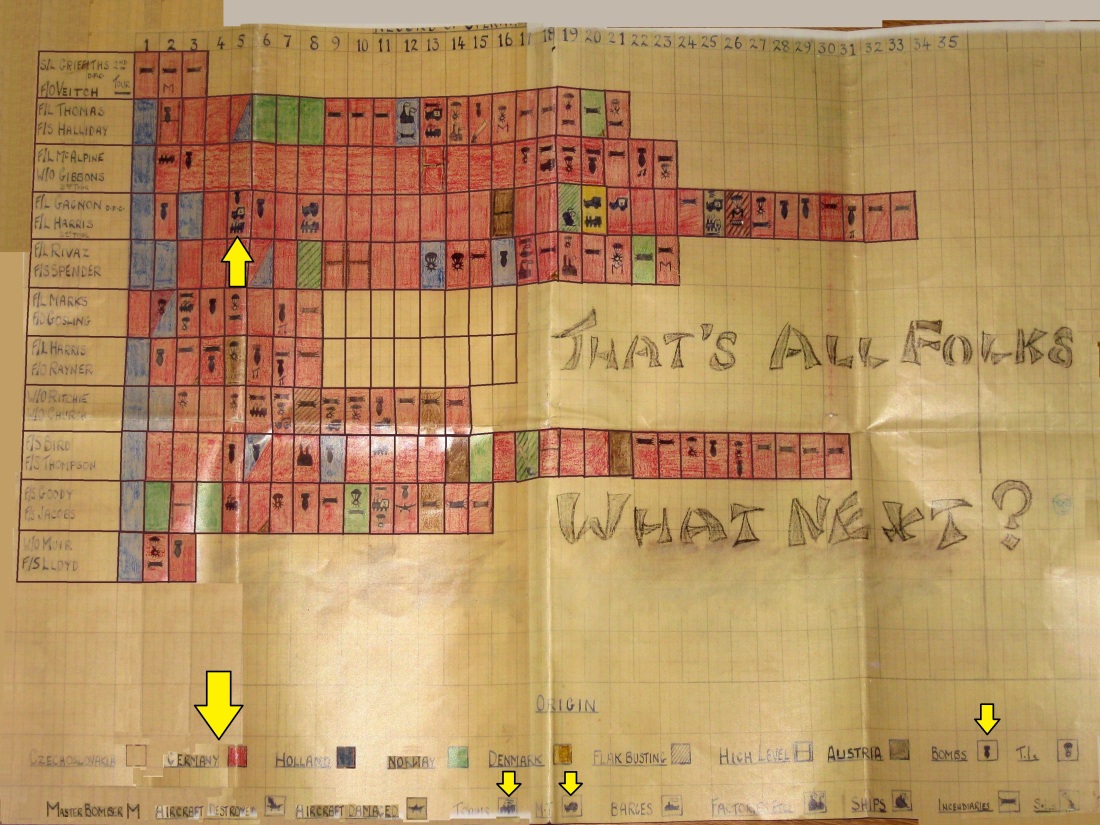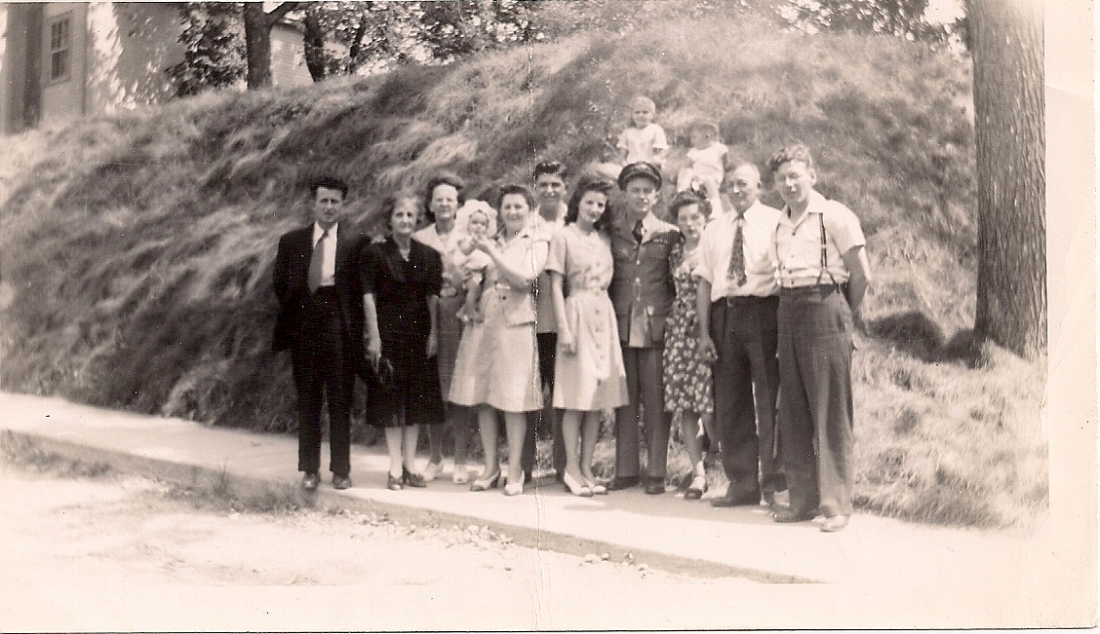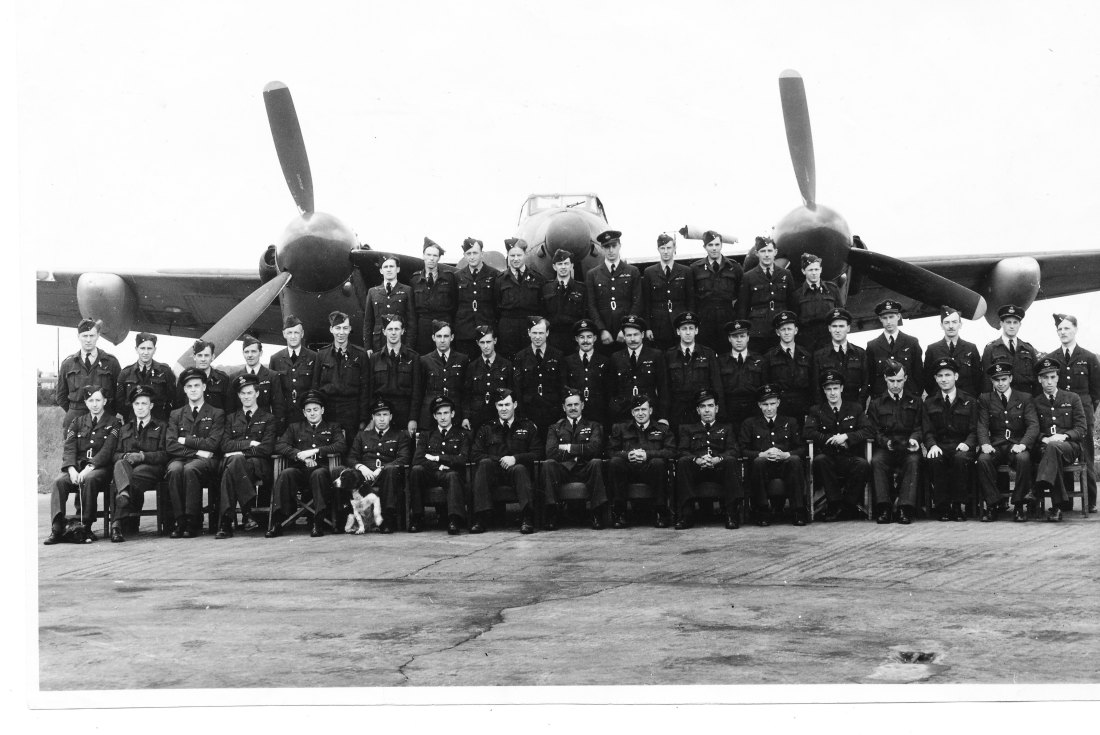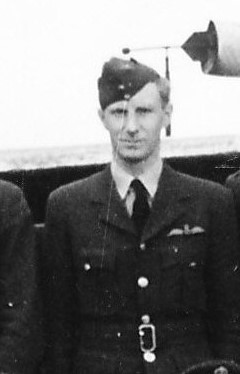Collection Dawson family
In 2011 I hadn’t look for more information on who were “Shorty” Dawson, Kit Cotter and for that matter Jim Coley.
“Shorty” Dawson, “Kit” Cotter, “Sticky” Murphy, “Baron” Goldie, Norman Conquer, Jim Coley and three Maltese young women were posing for posterity on Remembrance Day November 11, 1943.
The above picture was shared in 2011 by George Stewart, a 23 Squadron pilot, whom I had visited at his home in Hamilton, Ontario. George Stewart, who wanted me to call him George, had invited me so I could learn more about 23 Squadron.
To be honest I had never noticed the date of November 11 being more interested with “Baron” Goldie’s story.
This is post No. 504 where I am still learning and writing more about 23 Squadron when readers are asking for my help.
Someone had left a comment last month after I had written that post…
Loved the photos thanks very much. My uncle was a pilot with 464 squadron Ron (shorty) Dawson sadly he was shot down and lost his life on his way out after Operation Carthage: R.A.F. Mosquito Raid in Copenhagen March 1945.
Unfortunately I only have 1 photo.
THEY WERE ALL BRAVE MEN AND WILL BE REMEMBERED!
Best Regards
Gary Dawson
I had not connected the dots but had asked Gary Dawson if he could scan the photo. Gary hasn’t replied yet.
Then I got this private message last week…
I found your site when doing a Google search for R G Dawson RAAF, or rather bounced to it via another comment on the RAF Commands forum.
The only reference here was in a photo from “Peter Smith’s document”
https://no23squadron.wordpress.com/2012/08/02/hector-goldie-and-his-navigator-part-two/
Of course, I’m now interested in what else was in that document about “Shorty” Dawson. Ronald was killed in action near Copenhagen in March 1945, on his 2nd tour of duty.
(Date: 21 Mar 45 Aircraft: Mosquito FB.VI SZ999 Unit 464 Sqdn )
He could have been back in Australia in 1944 but wrote to his mother:
“Well Mother I suppose you have been wondering why I turned down the offer of a ticket back to Australia, it took quite a lot of deciding and at the time I thought, whichever I decided I would probably be sorry, especially being away from home so long. Anyway I should know my own mind. The fact of the matter is, which will probably come as a shock to you, I became engaged about two months ago. Now that you have heard the worst I had better tell you a little about her. Well her name is Joyce Schofield and she comes from Burnley, Lancashire. Joyce has just turned twenty-two and is a member of the WAAF. I first met her about seven months ago at the same camp as I was stationed during my rest period. I have been to her home several times on leave and met her people. They are quite a nice family and just ordinary people and I’m sure you’d like them. I’m sure if you knew Joyce too you would immediately be with me in saying that I have done the right thing. I wont go into details to tell you how much I think of her, I’ll just leave that to you own imagination.”
Joyce was my father-in-law’s cousin. I am now helping Ronald’s niece find out more about Joyce, but also delving into Ronald’s spell in Europe.
Any more information that you can share will be greatly appreciated.
Google search?
To be continued…


